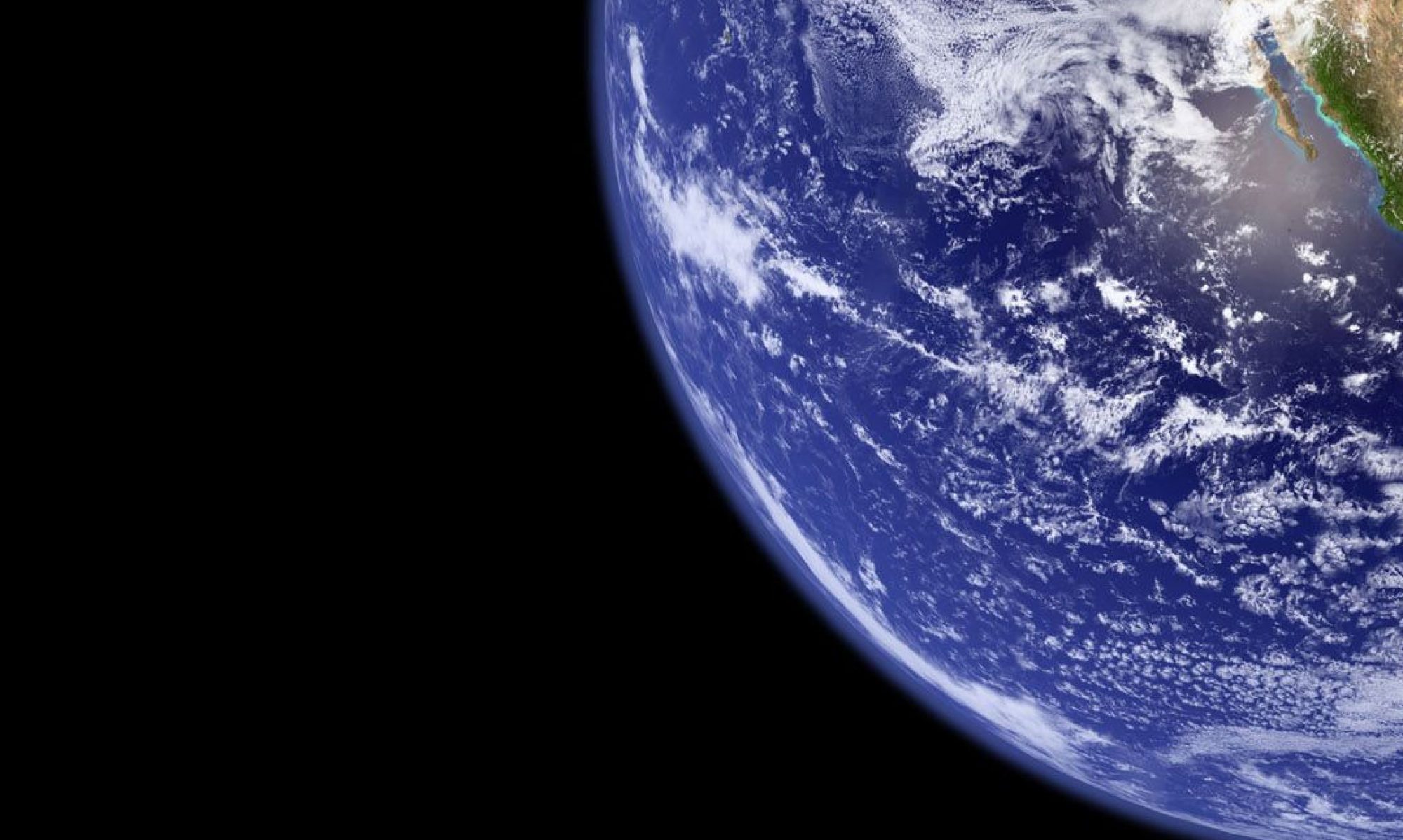Ray Kurzweil might be right. It could very well be that Moore’s law can be applied to all forms of technology, and within a couple of decades clean, renewable forms of power production will be so cheap they will have replaced all fossil fuels. Hey, it could happen. Maybe even it’s not just possible, but probable. Kurweil calls it the law of accelerating returns:
Continue reading “Climate and the Singularity”
Just how much power do we need anyway?
We all know we need to get off fossil fuels and replace them with carbon-neutral alternatives. The question is not IF we should choose this path, but how best to get where we need to go. There are those who, fairly enough, worry that those clean renewables aren’t up to the job. This is a critical question, because if renewables can’t fill the void, then we are left with no option but to build more nuclear reactors, with all the myriad problems that accompany them, most notably price, which is forever rising. So much money is at stake that we need to sort out this question, soon.
It all boils down to power demand. How much power do we need? If the number is such that the most realistically rapid installation rate of new wind, water and solar power supplies won’t be enough to satisfy our needs in say, 2030 (by which time we need to have at least made a sizable dent in replacing the existing oil, gas and coal plants), then we have a problem. So what is a reasonable projection of power demand in 2030?
Who will stop/start the rain?
Media outlets both main and sidestream are abuzz (atwitter?) with the story that scientists are finally daring to link specific weather events with anthropogenic climate change. A pair of papers in Nature are to blame. One, Human contribution to more-intense precipitation extremes, concludes that the titular events “have contributed to the observed intensification of heavy precipitation events found over approximately two-thirds of data-covered parts of Northern Hemisphere land areas.” The other manages to summarize the whole thing in its tile: “Anthropogenic greenhouse gas contribution to flood risk in England and Wales in autumn 2000.”
This is all very interesting, as it will almost certainly help convince European holdouts that the effects of rising concentrations of greenhouse gases are not just a problem for our children’s children, but something that could sway elections results today.
For U.S. audiences, though, I’d like to point out that something that most coverage so far hasn’t had room or time to mention: increased snow and rain are possible effects for only some regions. Others will experience the opposite. While the smaller the region at question the more uncertainty there is, most predictions for the southwest, for example, call for drier conditions. Residents of Phoenix and Las Vegas should keep this in mind when they think about their long-term future.
Continue reading “Who will stop/start the rain?”
Can we build it? Yes we can!
As a father of a four-year-old, I’m a big fan of Bob the Builder. The basic plot of each episode of the charming stop-motion children’s series revolves around one or more pieces of heavy machinery learning self-discipline, which, as a new PNAS study shows, is a key skill associated with success and happiness later in life. I also like the optimism embedded in the catch-phrase that Bob’s machine team invariably declares: “Can we build it? Yes we can!”
If only that can-do spirit were as evident in the public debate over how to respond to the threat of climate change. Recently a spate of reports and papers are beginning to point in that direction. Are they too optimistic? Hard to say. But they are worth a look at least.
